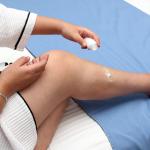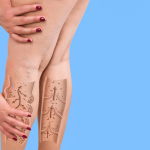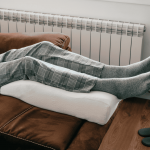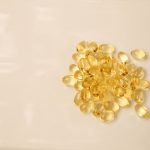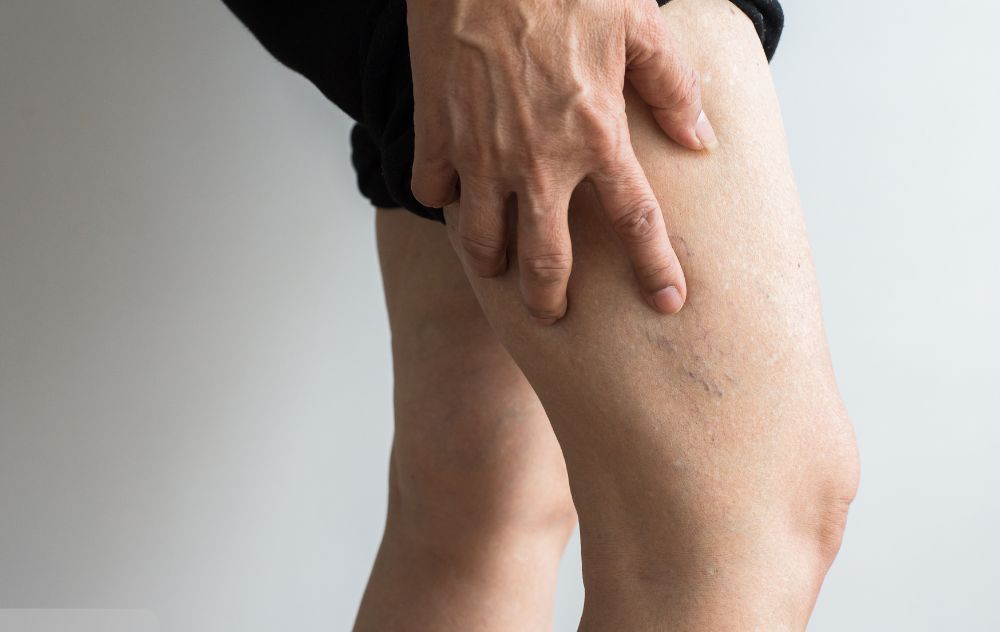
For many of us, staying active is a key part of maintaining a healthy lifestyle. Whether it’s walking, jogging, lifting weights, or practicing yoga, exercise helps improve cardiovascular health, mood, and muscle tone. But if you’ve noticed small, web-like veins on your legs or face—known as spider veins—you might be wondering: Can exercise make spider veins worse?
Let’s break it down.
What Are Spider Veins?
Spider veins are tiny, damaged blood vessels that appear close to the surface of the skin, often red, blue, or purple in color. They’re most commonly found on the legs or face and may resemble a spider web (hence the name). While they’re usually harmless, they can cause aching, throbbing, or discomfort in some people.
Is Exercise to Blame for Spider Veins?
The short answer? No—exercise doesn’t cause spider veins, and it rarely makes them worse. In fact, regular physical activity is often beneficial for your vein health. However, certain factors related to how you exercise can influence whether your spider veins become more visible or symptomatic.
Let’s explore both sides:
How Exercise Helps Prevent Spider Veins
-
Improves Blood Circulation
Movement helps your leg muscles pump blood back to your heart, preventing it from pooling in the veins. -
Strengthens Vein Walls
Regular activity can support overall vein function and reduce pressure on your blood vessels. -
Reduces Weight-Related Strain
Maintaining a healthy weight lowers the burden on your leg veins and decreases your risk for developing more spider or varicose veins.
When Exercise Might Make Spider Veins Appear Worse
Although exercise is good for vein health, some types of workouts may temporarily emphasize or aggravate spider veins in certain people:
-
Heavy weightlifting
Straining under intense pressure can increase abdominal pressure and restrict venous blood return, which might worsen the appearance of spider veins. -
High-impact activity
Long-distance running or jumping on hard surfaces can cause stress on the lower extremities and veins, especially without proper footwear or technique. -
Overtraining
Without enough rest and recovery, the body may struggle with inflammation and poor circulation—both of which can play a role in vein visibility.
Best Exercises for Vein Health
If you want to stay active and protect your veins, opt for these vein-friendly activities:
-
Walking or light jogging
-
Cycling
-
Swimming
-
Low-impact aerobics
-
Yoga and stretching
These exercises improve circulation without putting excessive pressure on your veins.
Should You Stop Exercising If You Have Spider Veins?
Absolutely not! Spider veins aren’t a reason to stop moving. But if you’re concerned about pain, swelling, or worsening appearance, it’s a good idea to speak with a vein specialist. They can assess your symptoms and recommend personalized treatment or prevention strategies—sometimes including compression therapy, which can be worn during workouts.
When to See a Vein Specialist
Spider veins may not be dangerous, but they can sometimes signal underlying vein disease, especially if you experience:
-
Persistent leg pain or heaviness
-
Swelling or throbbing
-
Skin discoloration
-
Visible varicose veins nearby
A quick consultation can give you peace of mind and, if needed, access to non-surgical treatment options like sclerotherapy or laser vein treatment.
The Bottom Line
Exercise is one of the best things you can do for your overall health—and that includes your veins. While certain types of intense or high-impact exercise may emphasize spider veins, they don’t directly cause them. By choosing vein-friendly movements, staying hydrated, and wearing compression gear if recommended, you can stay active while keeping your veins in check.
Worried about spider veins?
At USA Vein Clinics, our specialists offer minimally invasive treatments that help you feel confident in your skin again—no surgery required. Schedule a consultation today and let us help you get back on your feet—without painful symptoms

